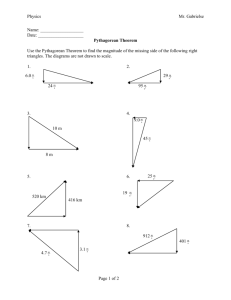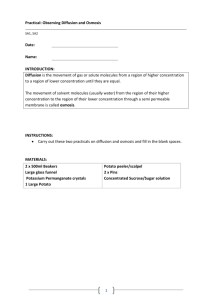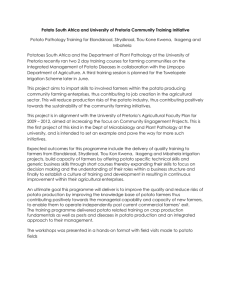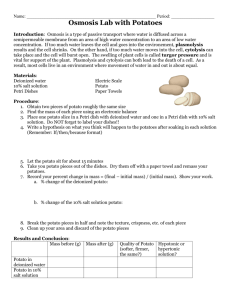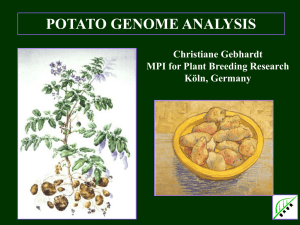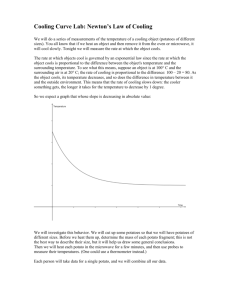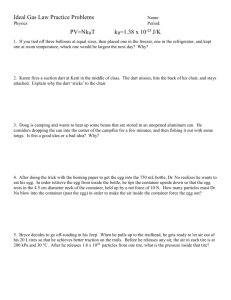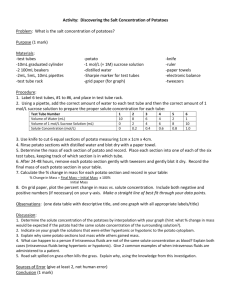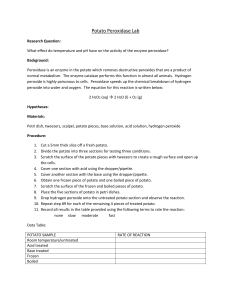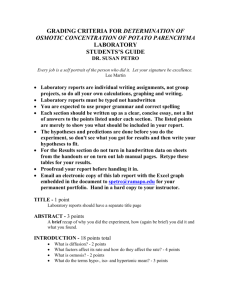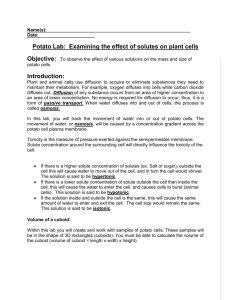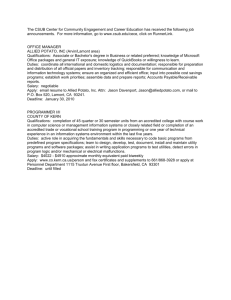Abstract for SOL2011 v3
advertisement
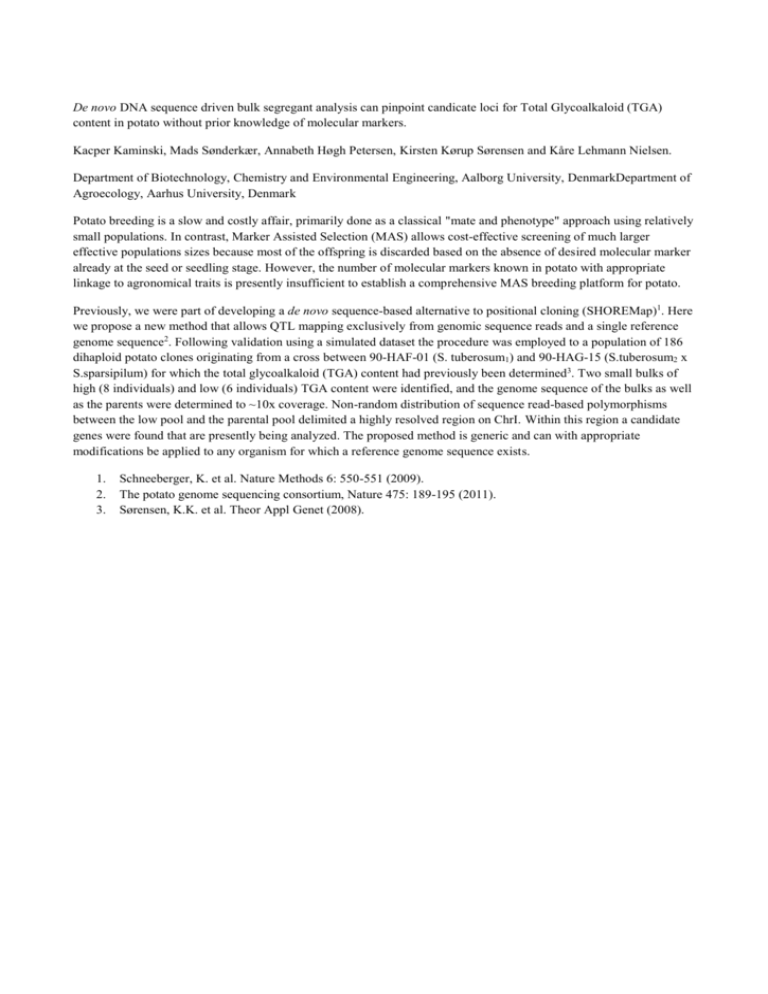
De novo DNA sequence driven bulk segregant analysis can pinpoint candicate loci for Total Glycoalkaloid (TGA) content in potato without prior knowledge of molecular markers. Kacper Kaminski, Mads Sønderkær, Annabeth Høgh Petersen, Kirsten Kørup Sørensen and Kåre Lehmann Nielsen. Department of Biotechnology, Chemistry and Environmental Engineering, Aalborg University, DenmarkDepartment of Agroecology, Aarhus University, Denmark Potato breeding is a slow and costly affair, primarily done as a classical "mate and phenotype" approach using relatively small populations. In contrast, Marker Assisted Selection (MAS) allows cost-effective screening of much larger effective populations sizes because most of the offspring is discarded based on the absence of desired molecular marker already at the seed or seedling stage. However, the number of molecular markers known in potato with appropriate linkage to agronomical traits is presently insufficient to establish a comprehensive MAS breeding platform for potato. Previously, we were part of developing a de novo sequence-based alternative to positional cloning (SHOREMap)1. Here we propose a new method that allows QTL mapping exclusively from genomic sequence reads and a single reference genome sequence2. Following validation using a simulated dataset the procedure was employed to a population of 186 dihaploid potato clones originating from a cross between 90-HAF-01 (S. tuberosum1) and 90-HAG-15 (S.tuberosum2 x S.sparsipilum) for which the total glycoalkaloid (TGA) content had previously been determined3. Two small bulks of high (8 individuals) and low (6 individuals) TGA content were identified, and the genome sequence of the bulks as well as the parents were determined to ~10x coverage. Non-random distribution of sequence read-based polymorphisms between the low pool and the parental pool delimited a highly resolved region on ChrI. Within this region a candidate genes were found that are presently being analyzed. The proposed method is generic and can with appropriate modifications be applied to any organism for which a reference genome sequence exists. 1. 2. 3. Schneeberger, K. et al. Nature Methods 6: 550-551 (2009). The potato genome sequencing consortium, Nature 475: 189-195 (2011). Sørensen, K.K. et al. Theor Appl Genet (2008).


